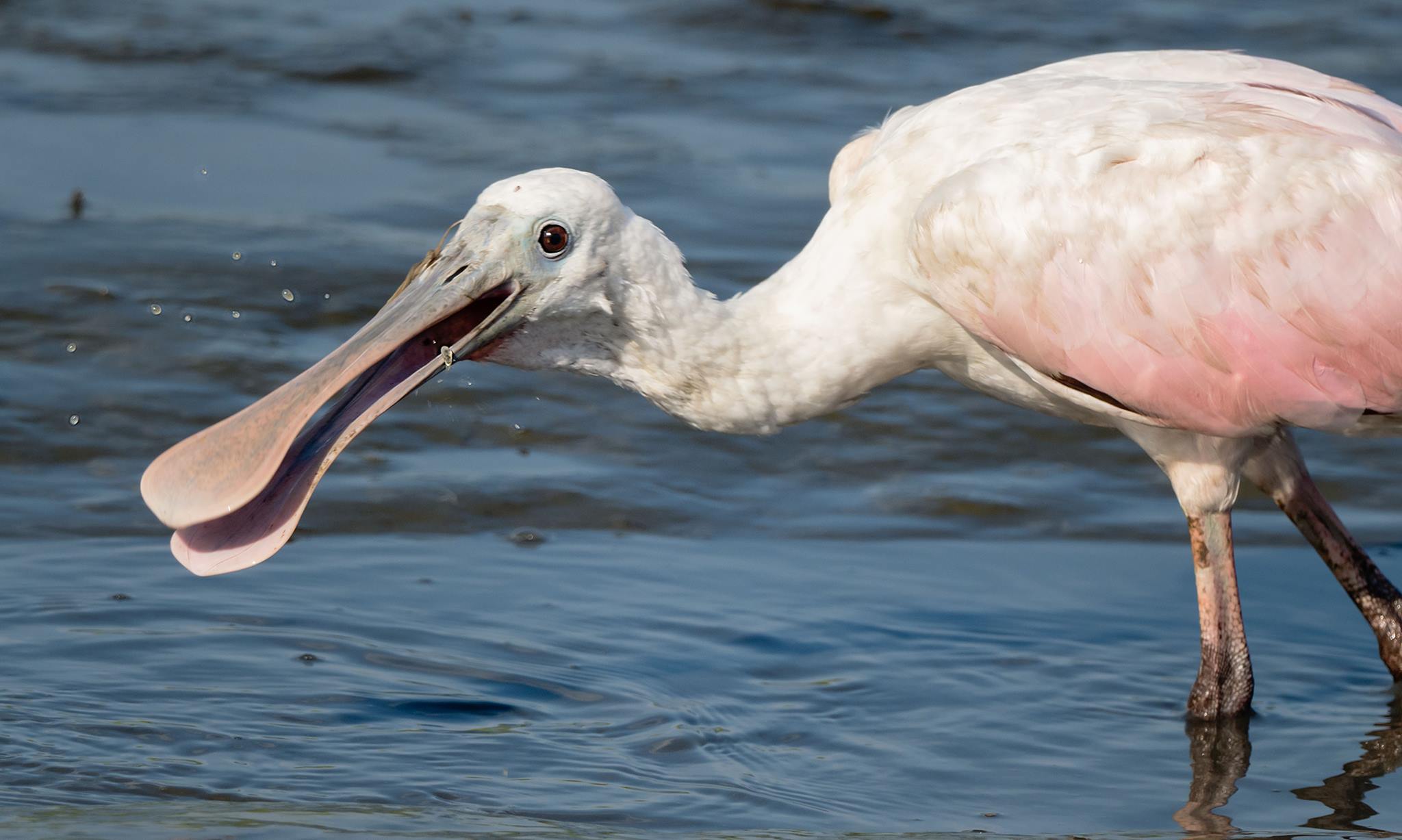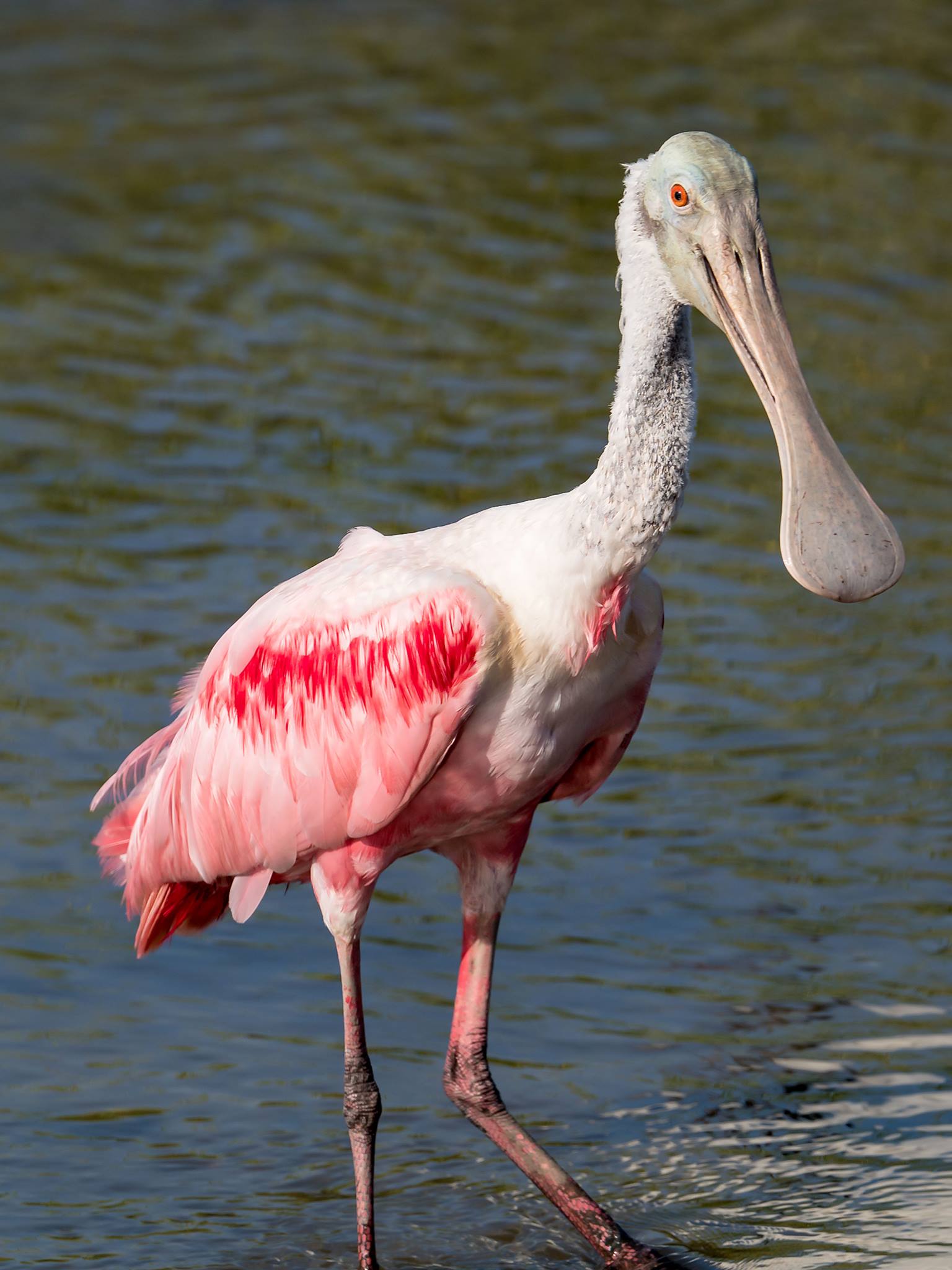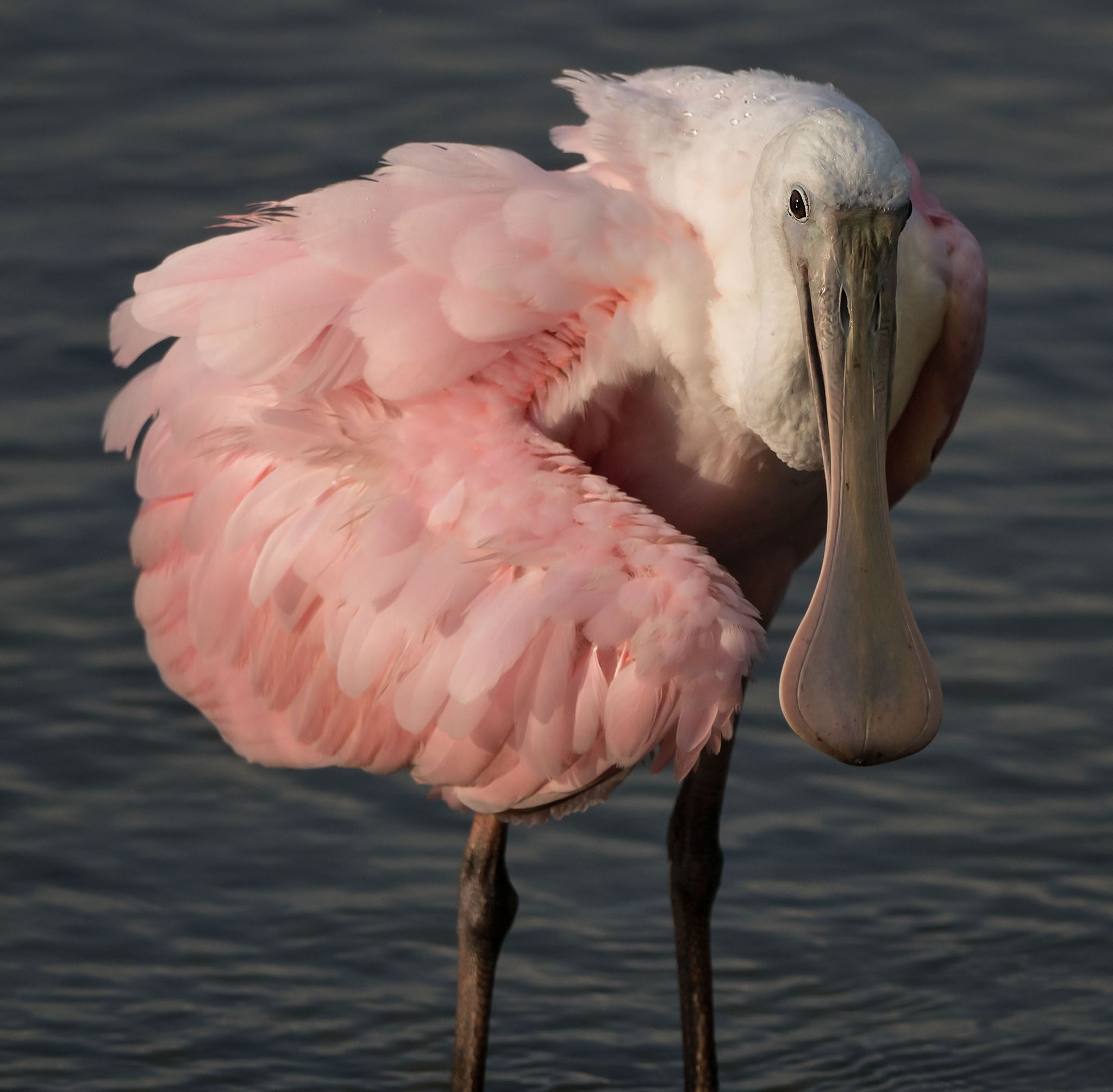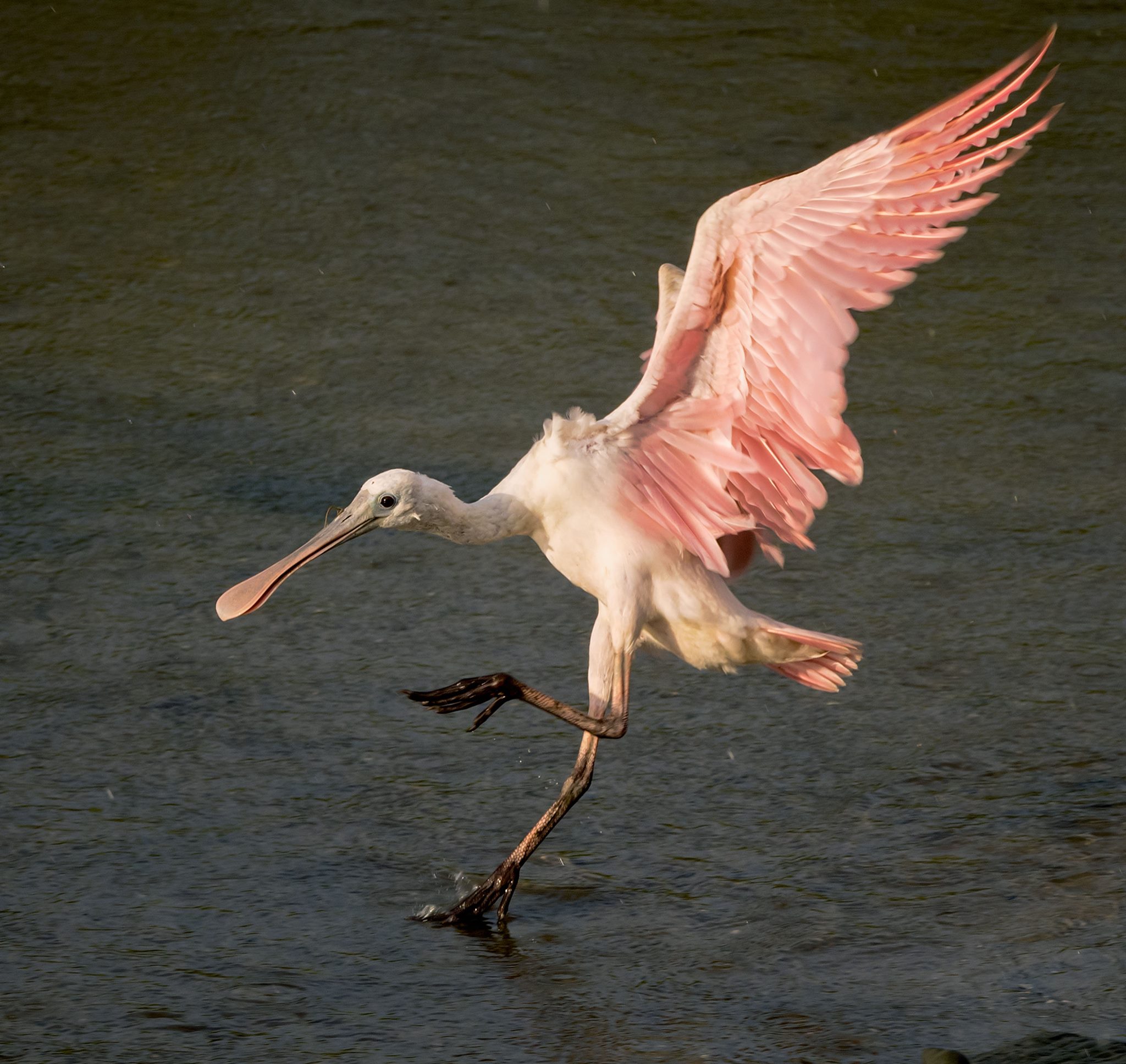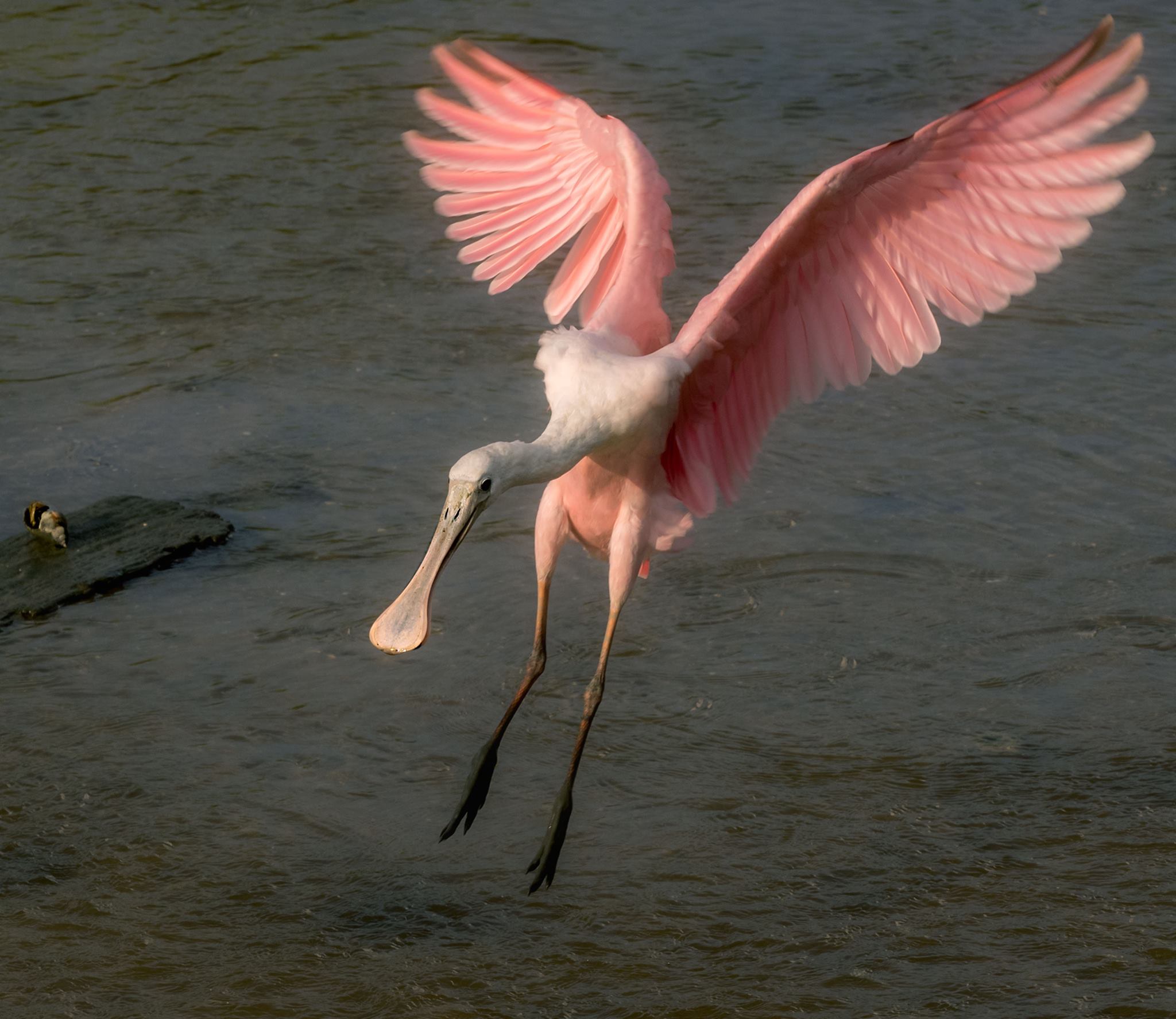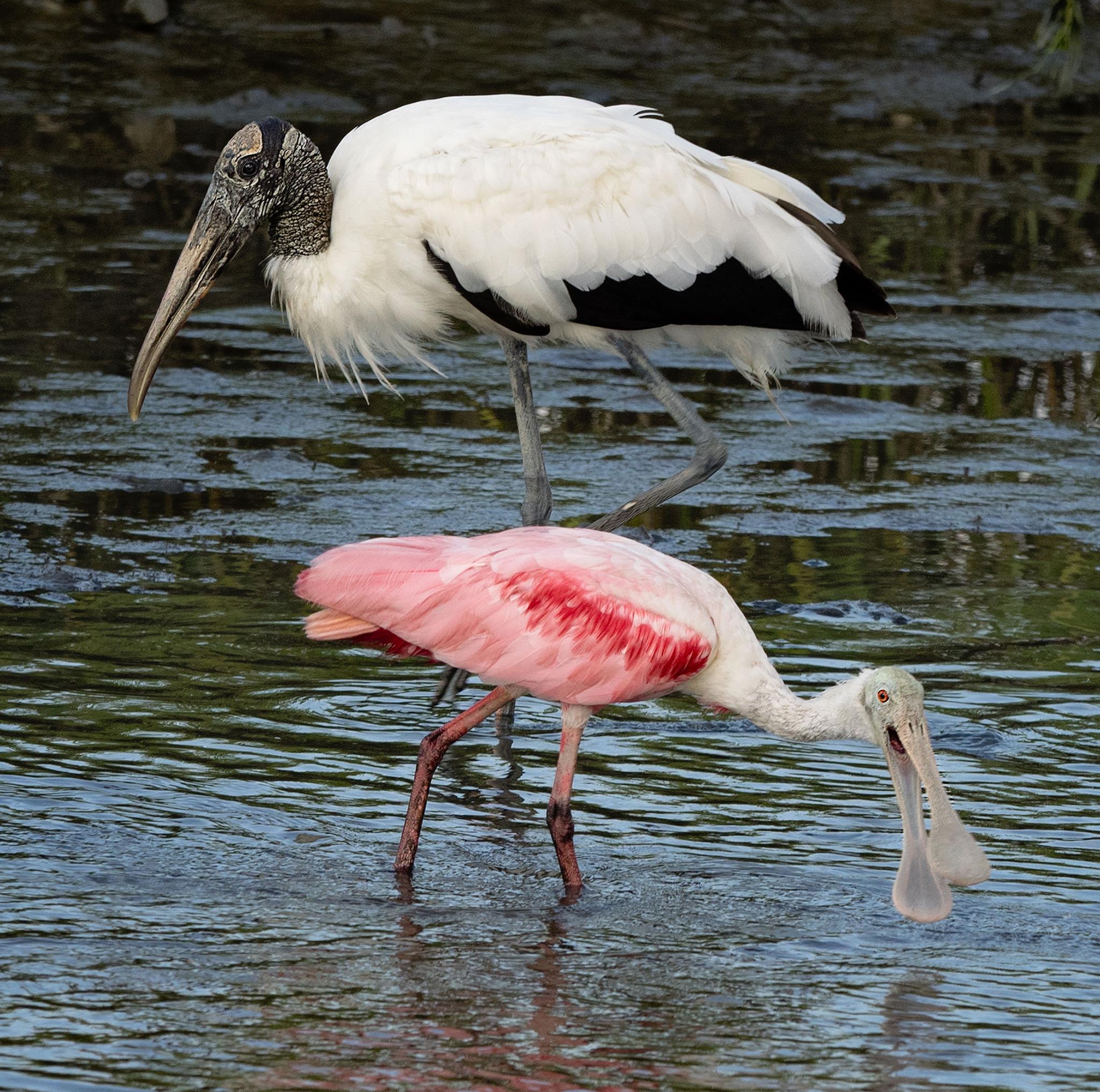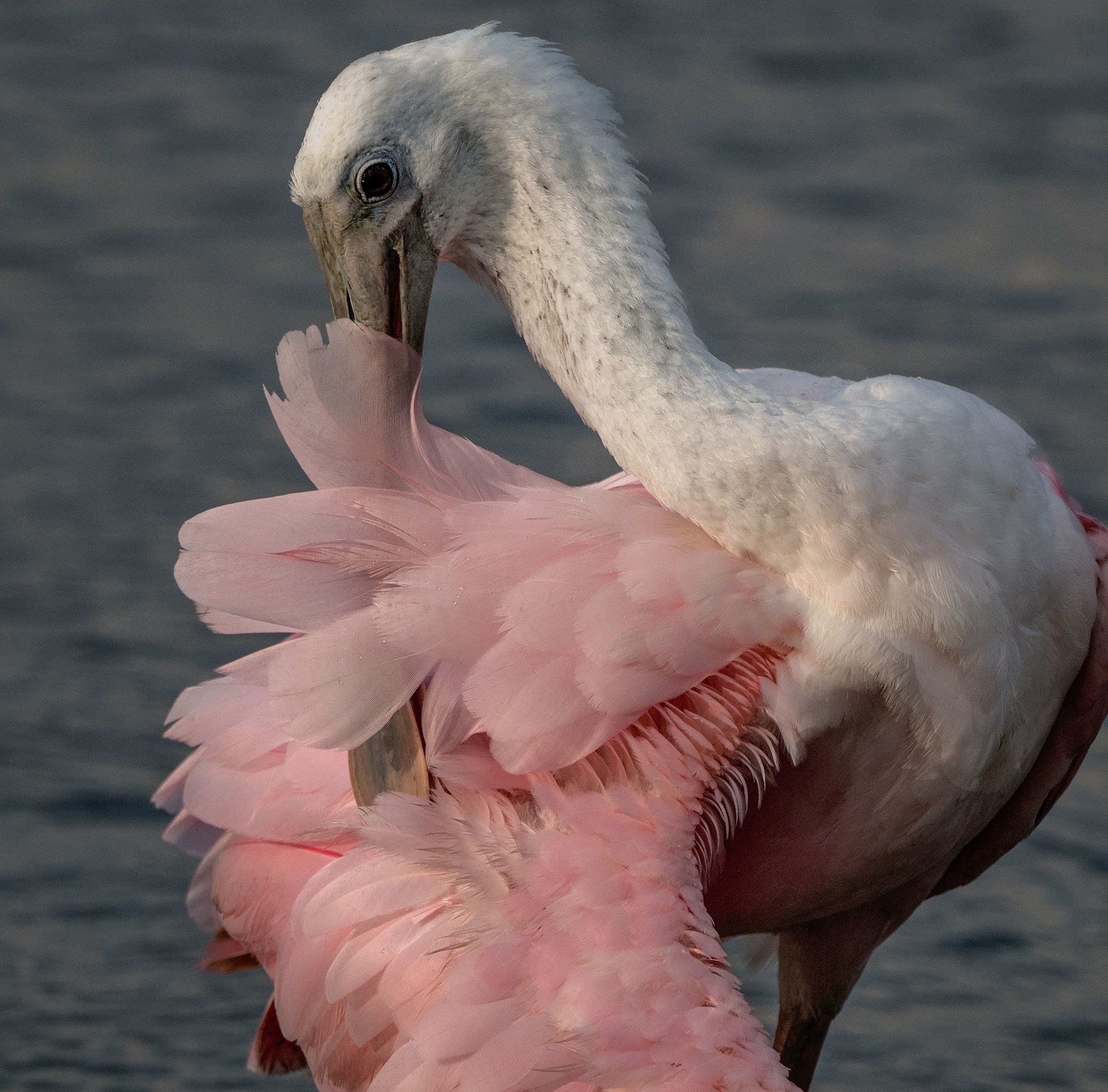“This summer I was fortunate enough to spend one month in Costa Rica followed by one month in Panama," writes John David Curlis in sharing the wonderful photos in the slide show below. "When I wasn’t assisting with teaching [tropical ecology] or conducting research [on lizards], I spent just about every waking minute looking for birds. As you might expect, it’s not hard to find some truly amazing ones down there in the tropics. Here’s a sampling of some of my favorites—hope you enjoy!"
We've put John David's identifications of the birds in the caption with each shot. Species include everything from a Lesson's motmot and a great curassow to a golden-hooded tanager, a purple-throated mountain-gem and a fasciated antstrike. What a treat to see them. Many thanks, John David.
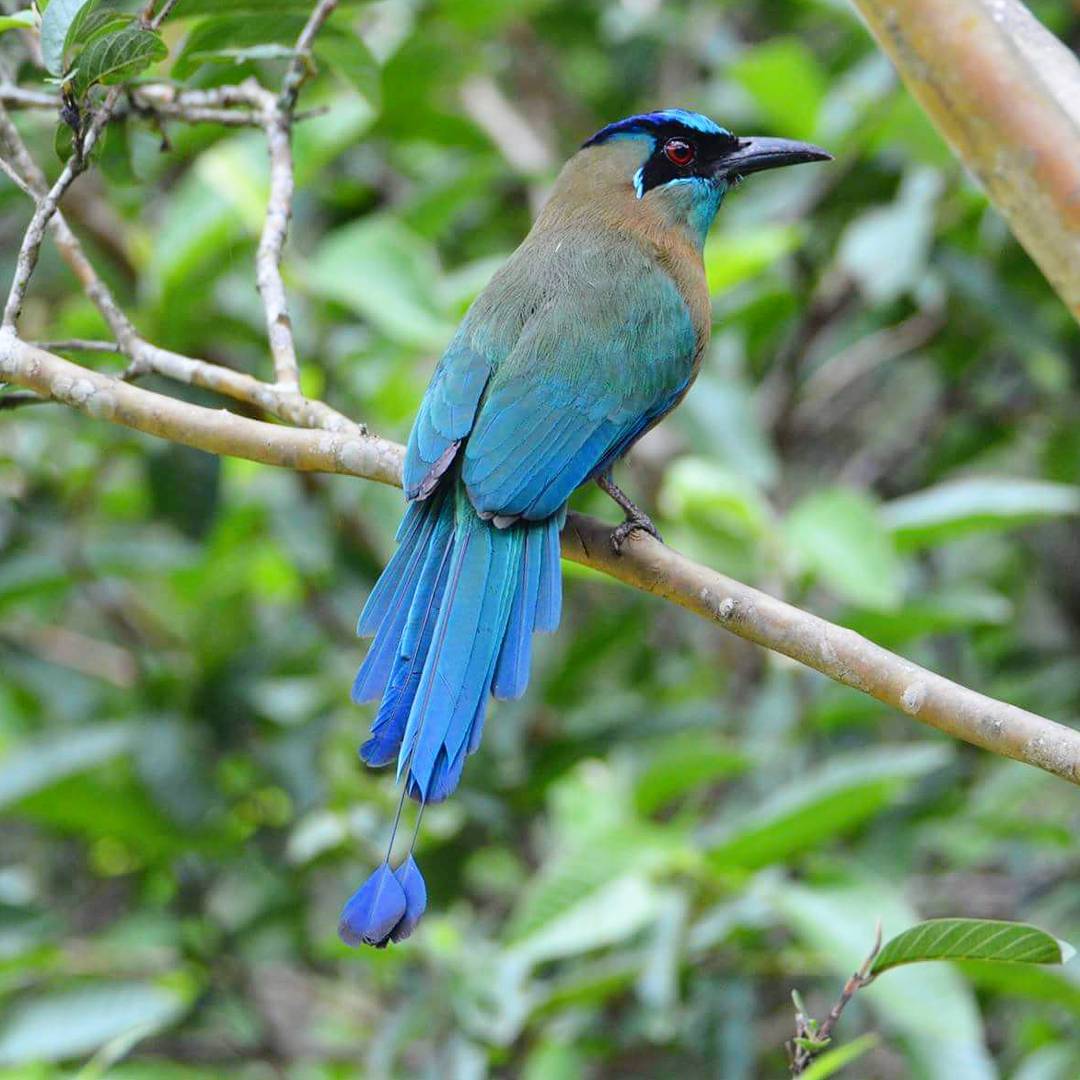
Photo by John David Curlis at Monteverde, Costa Rica
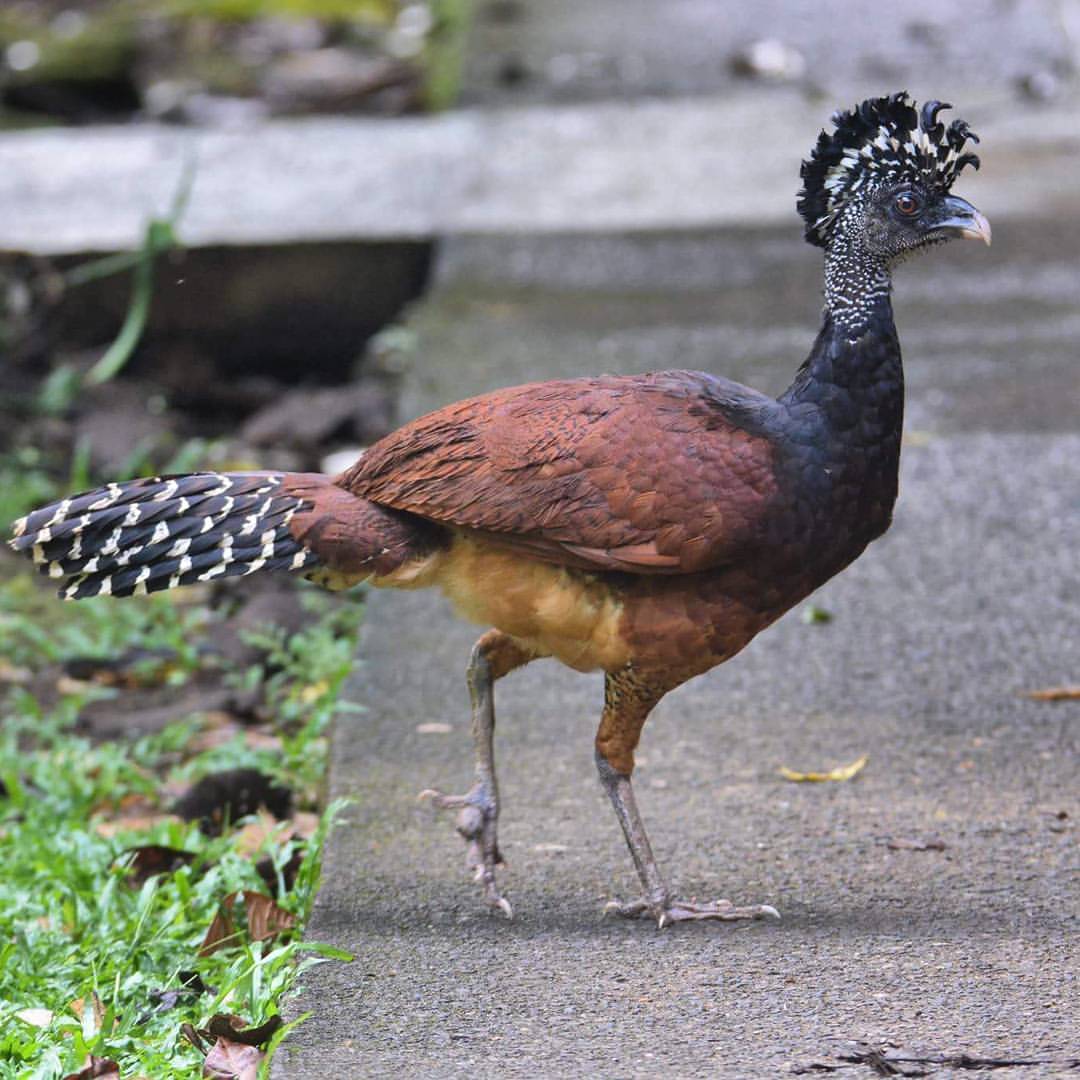
Photo by John David Curlis at La Selva Biological Station in Costa Rica
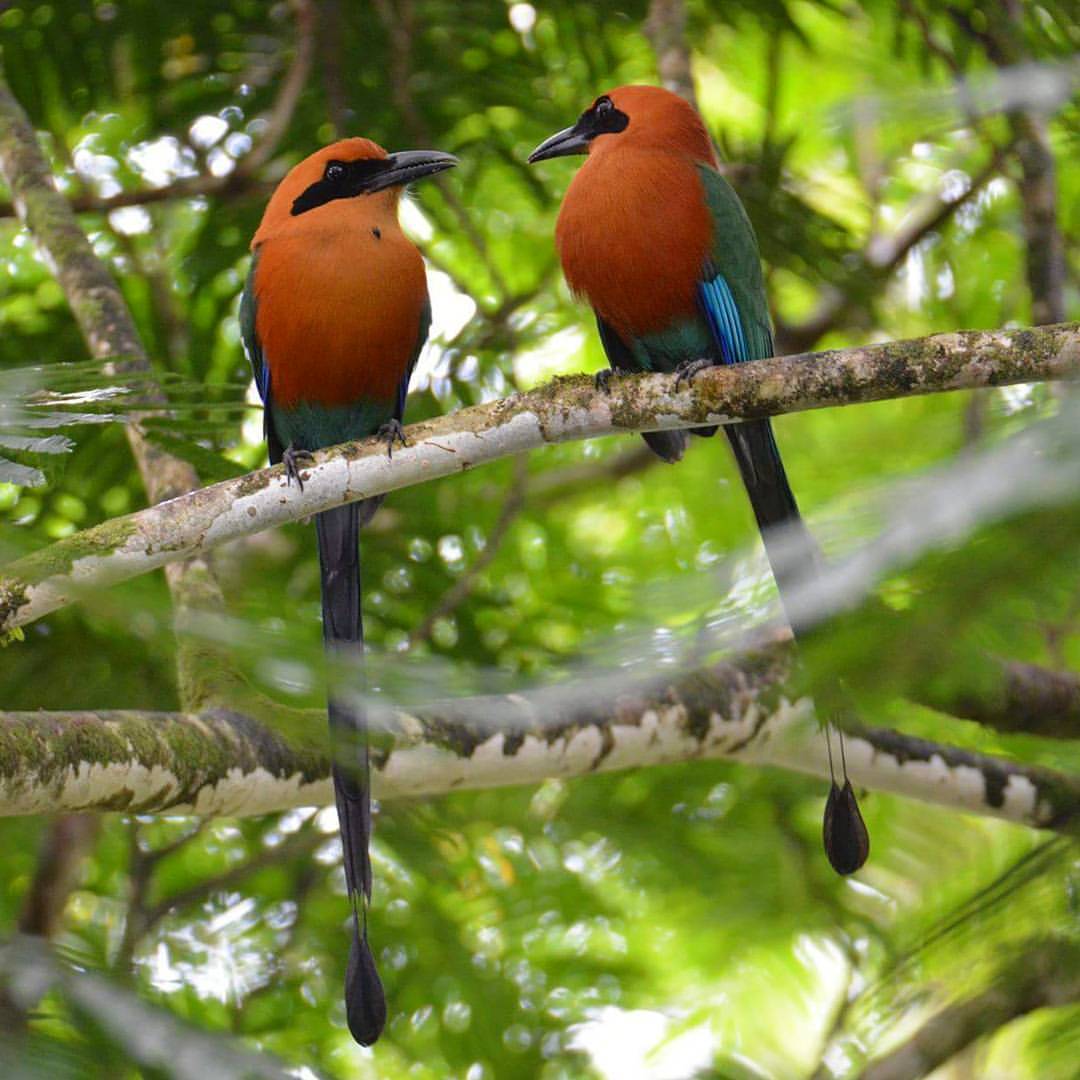
Photo by John David Curlis at La Selva Biological Station in Costa Rica
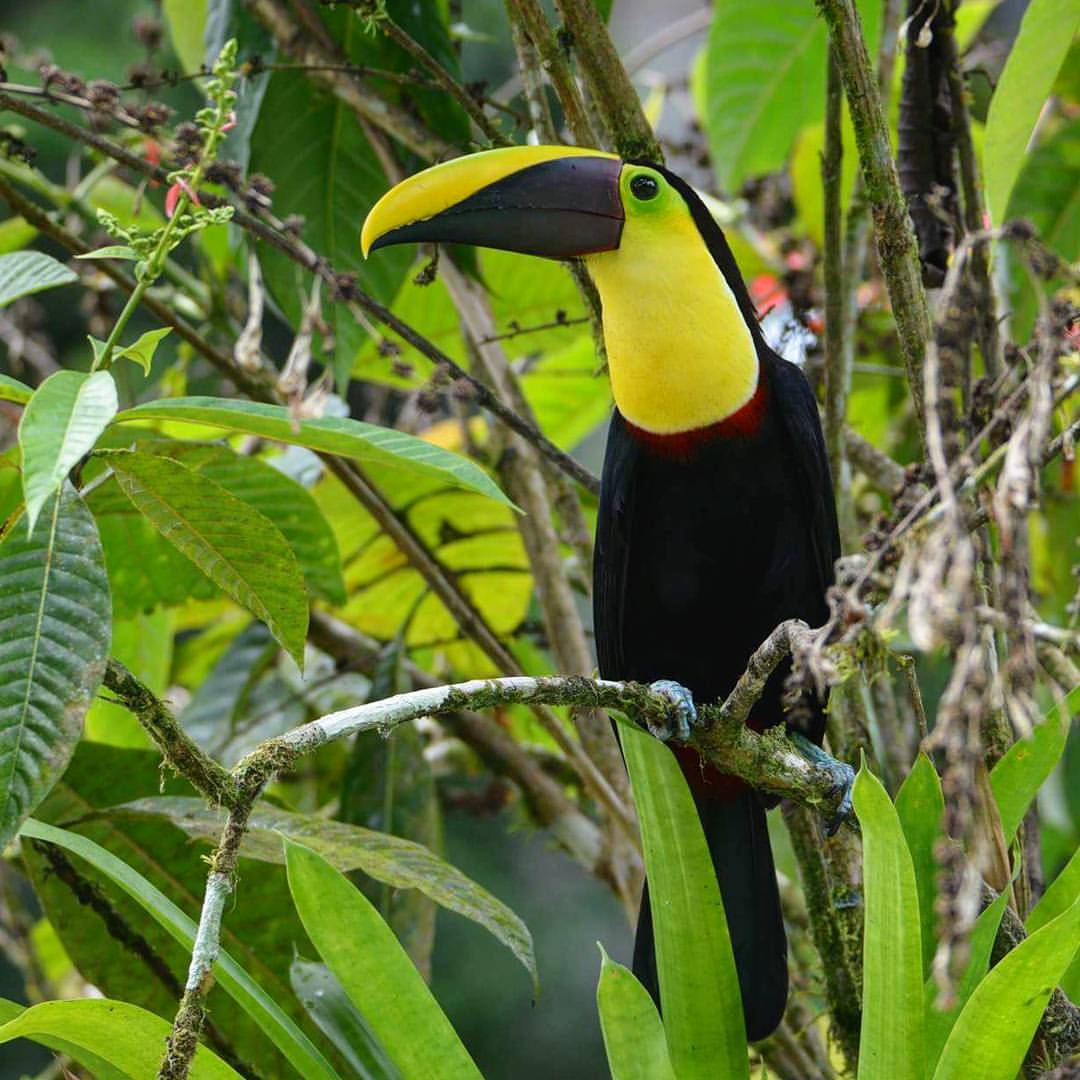
Photo by John David Curlis at La Selva Biological Station in Costa Rica
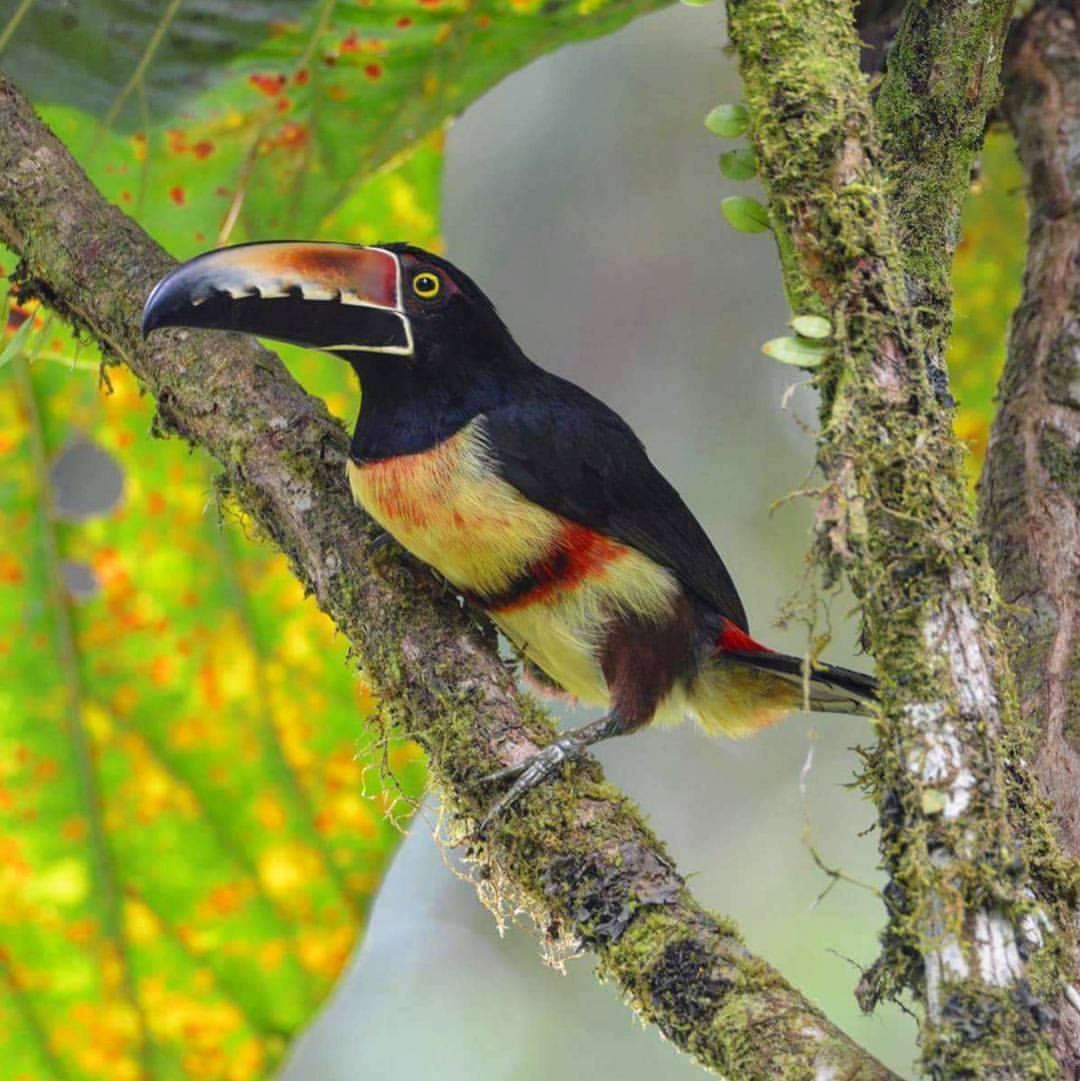
Photo by John David Curlis at La Selva Biological Station in Costa Rica
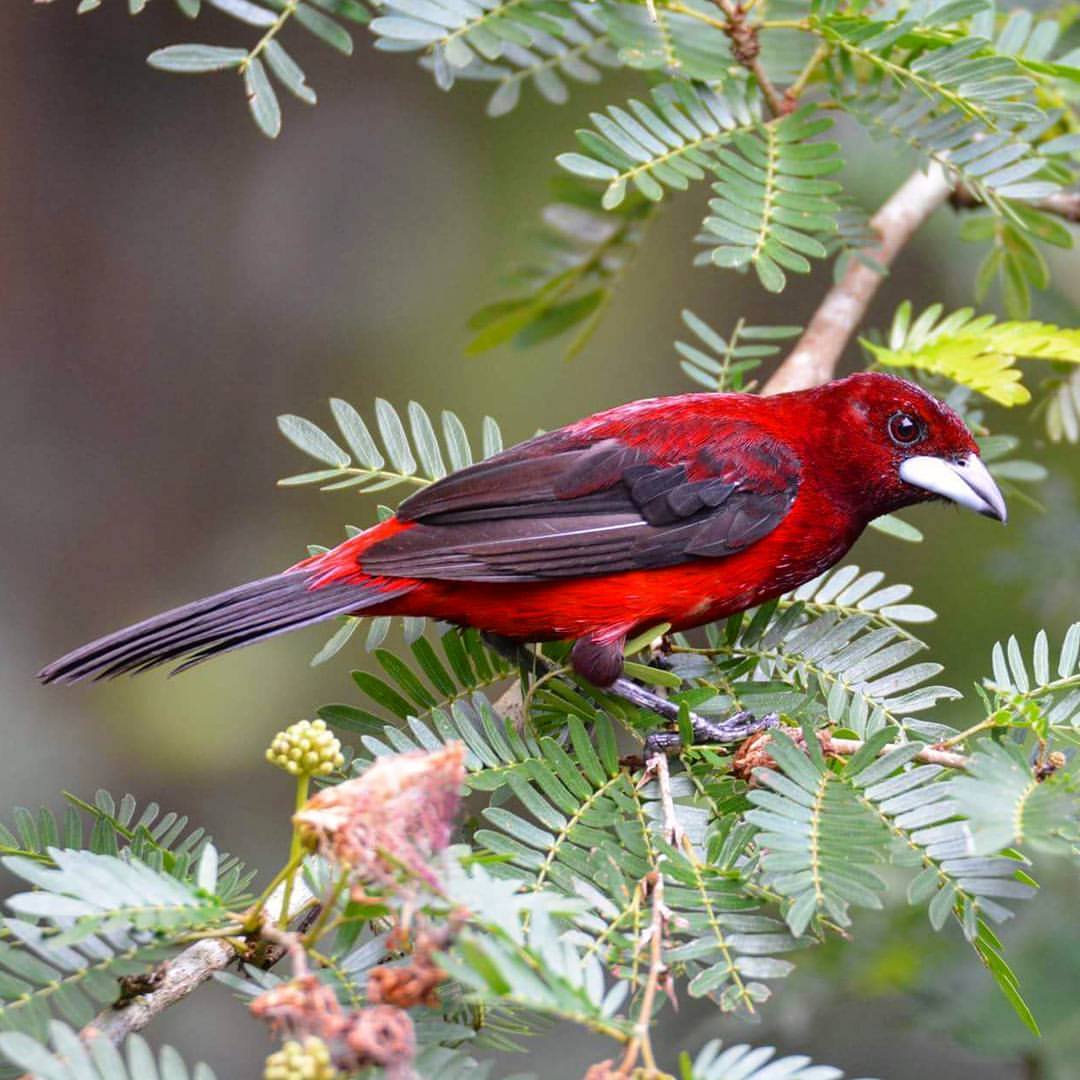
Photo by John David Curlis in Gamboa, Panama
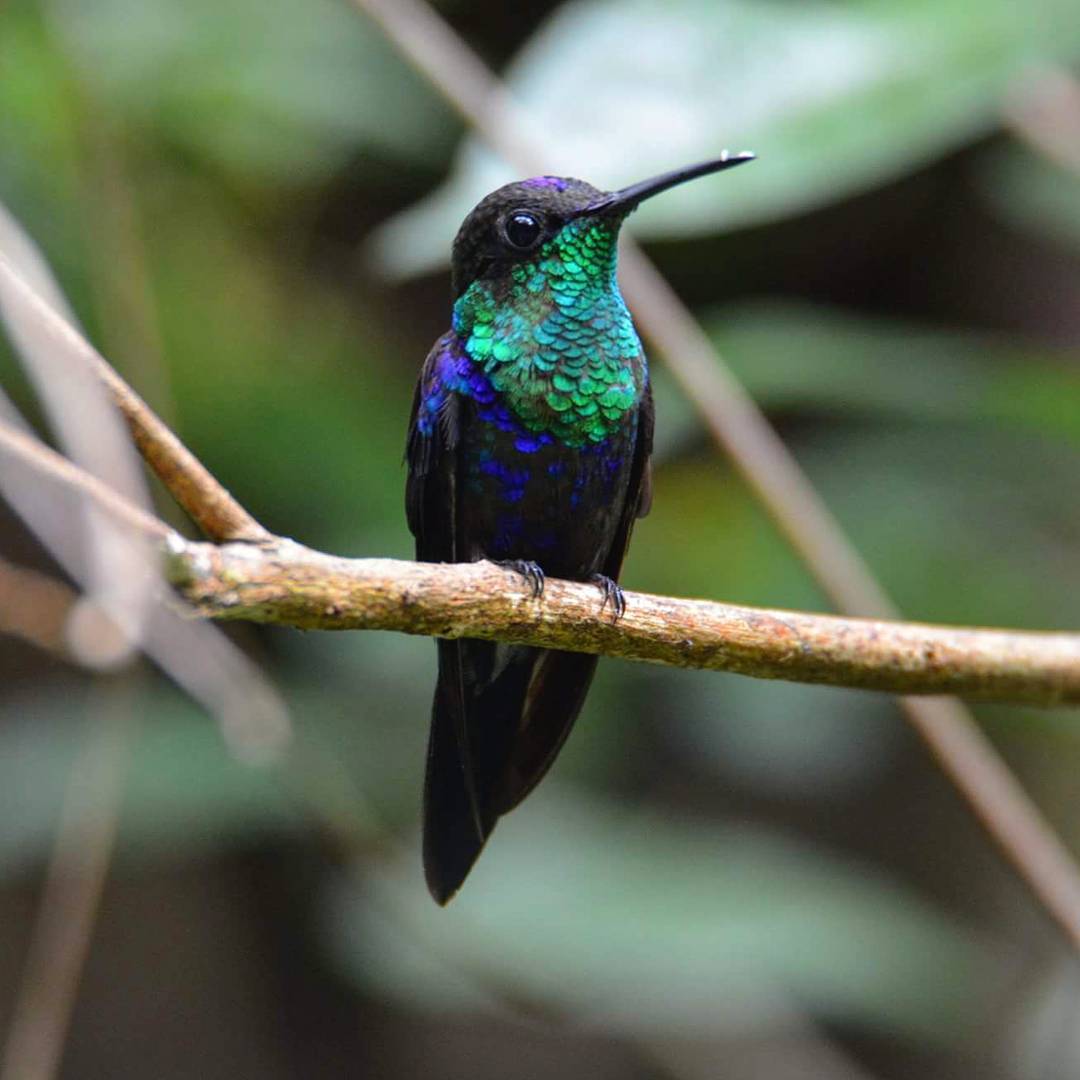
Photo by John David Curlis on Pipeline Road in Soberanía National Park in Panama
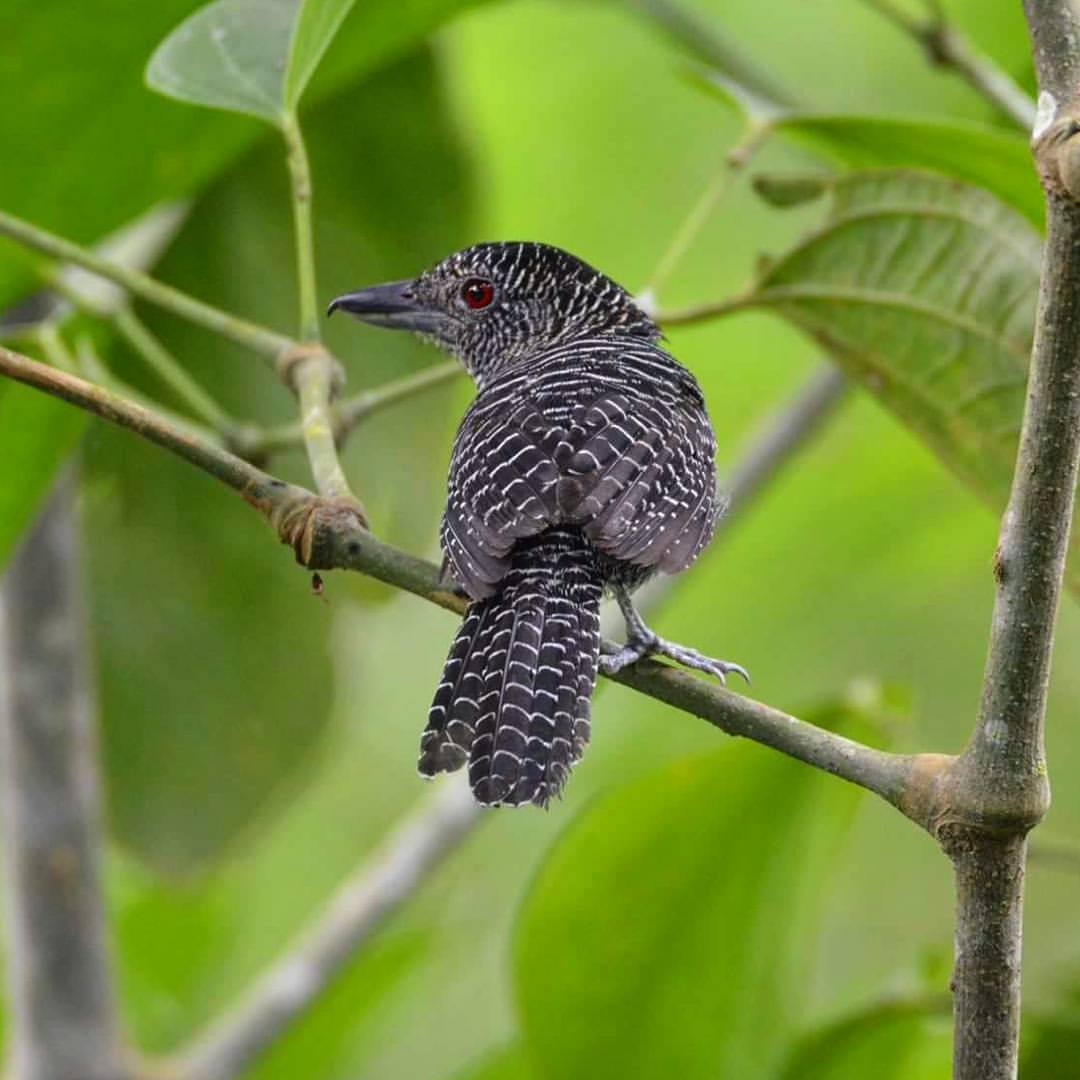
Photo by John David Curlis on Pipeline Road in Soberanía National Park in Panama
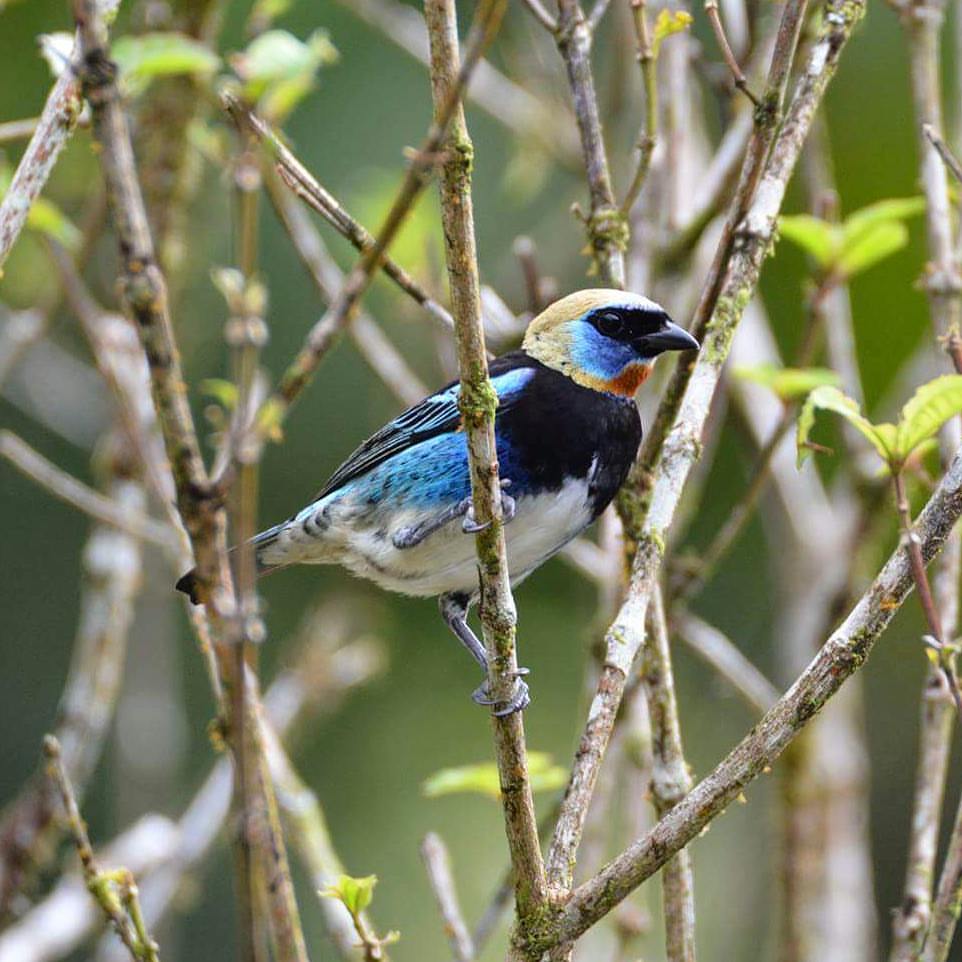
Photo by John David Curlis at La Selva Biological Station in Costa Rica
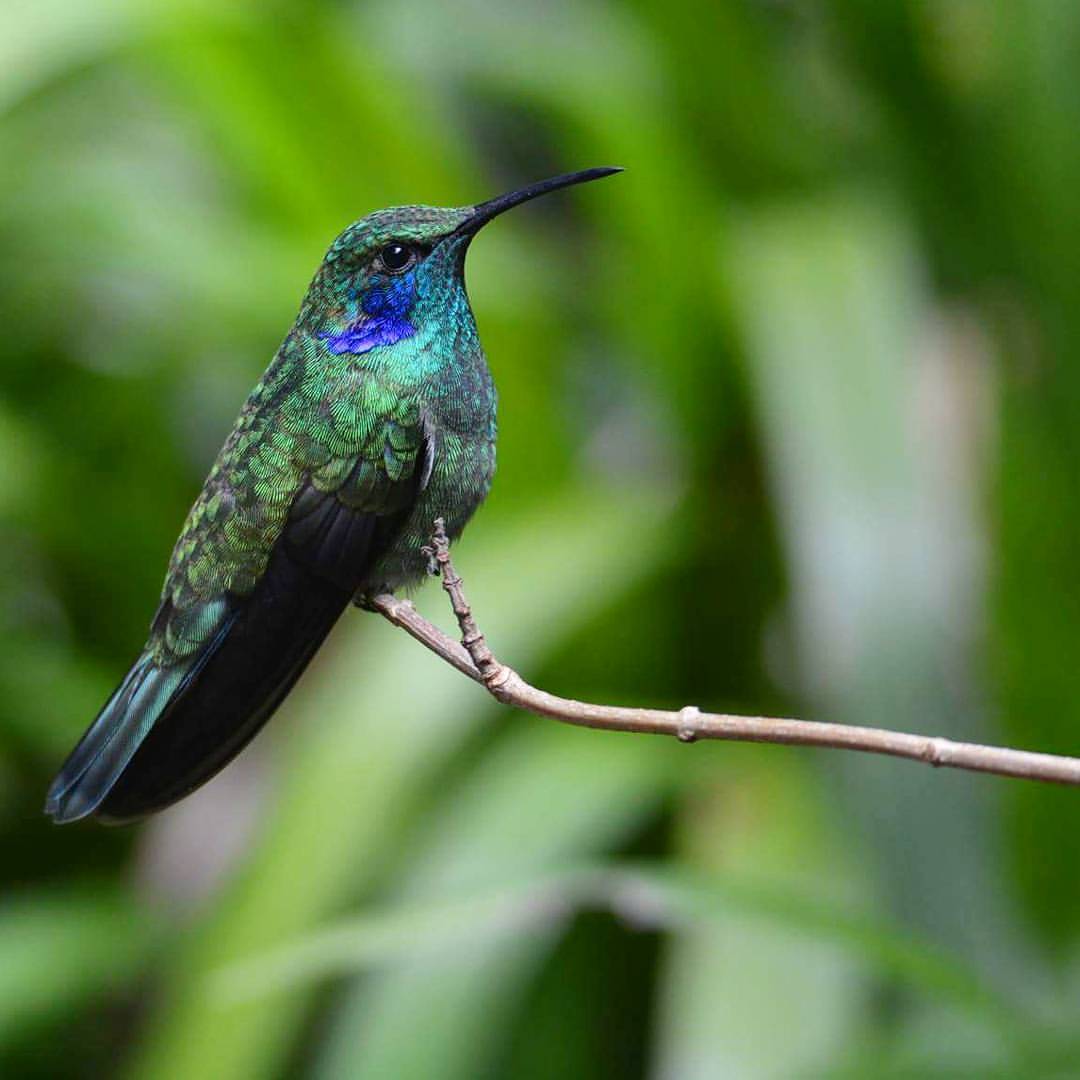
Photo by John David Curlis in Monteverde, Costa Rica
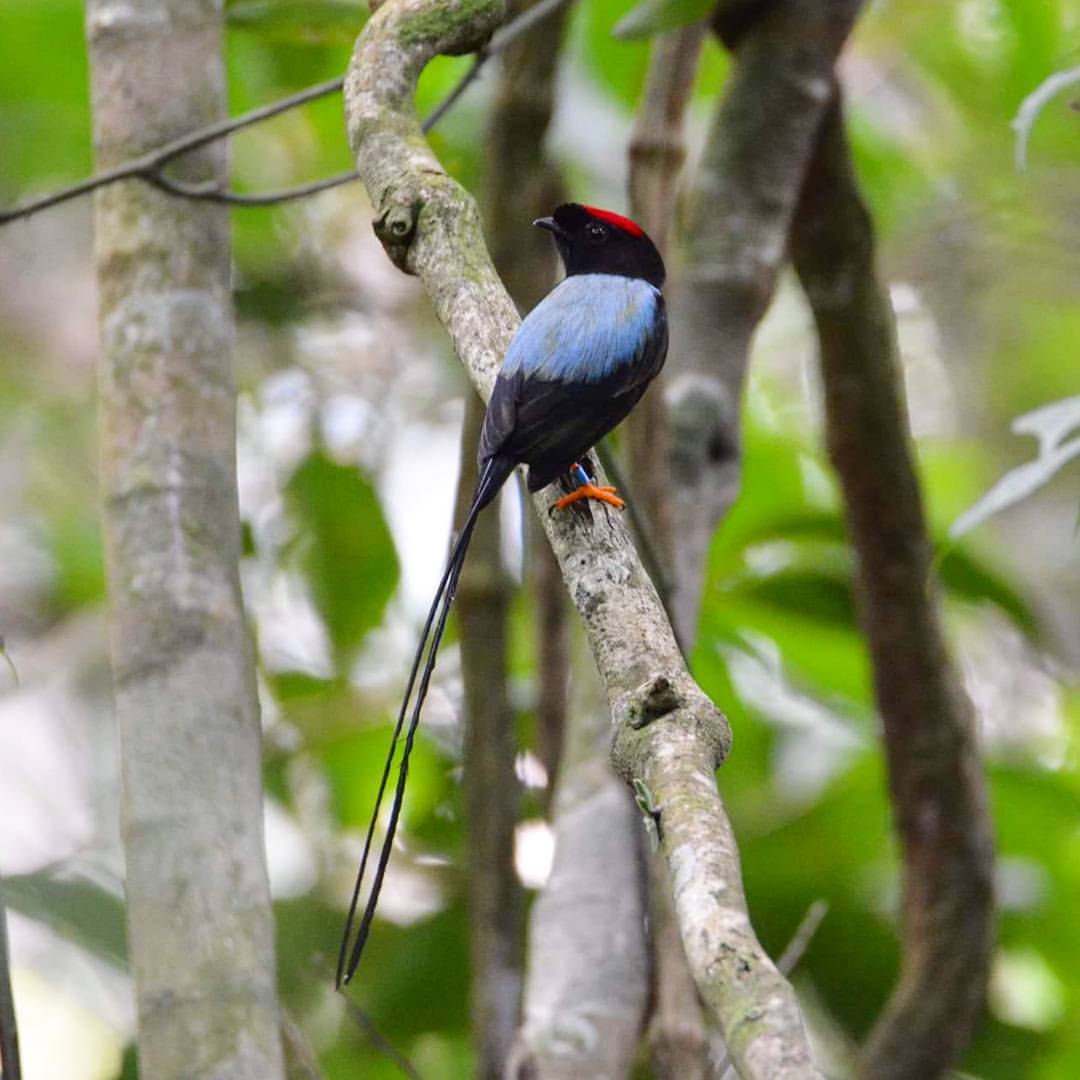
Photo by John David Curlis in Monteverde, Costa Rica
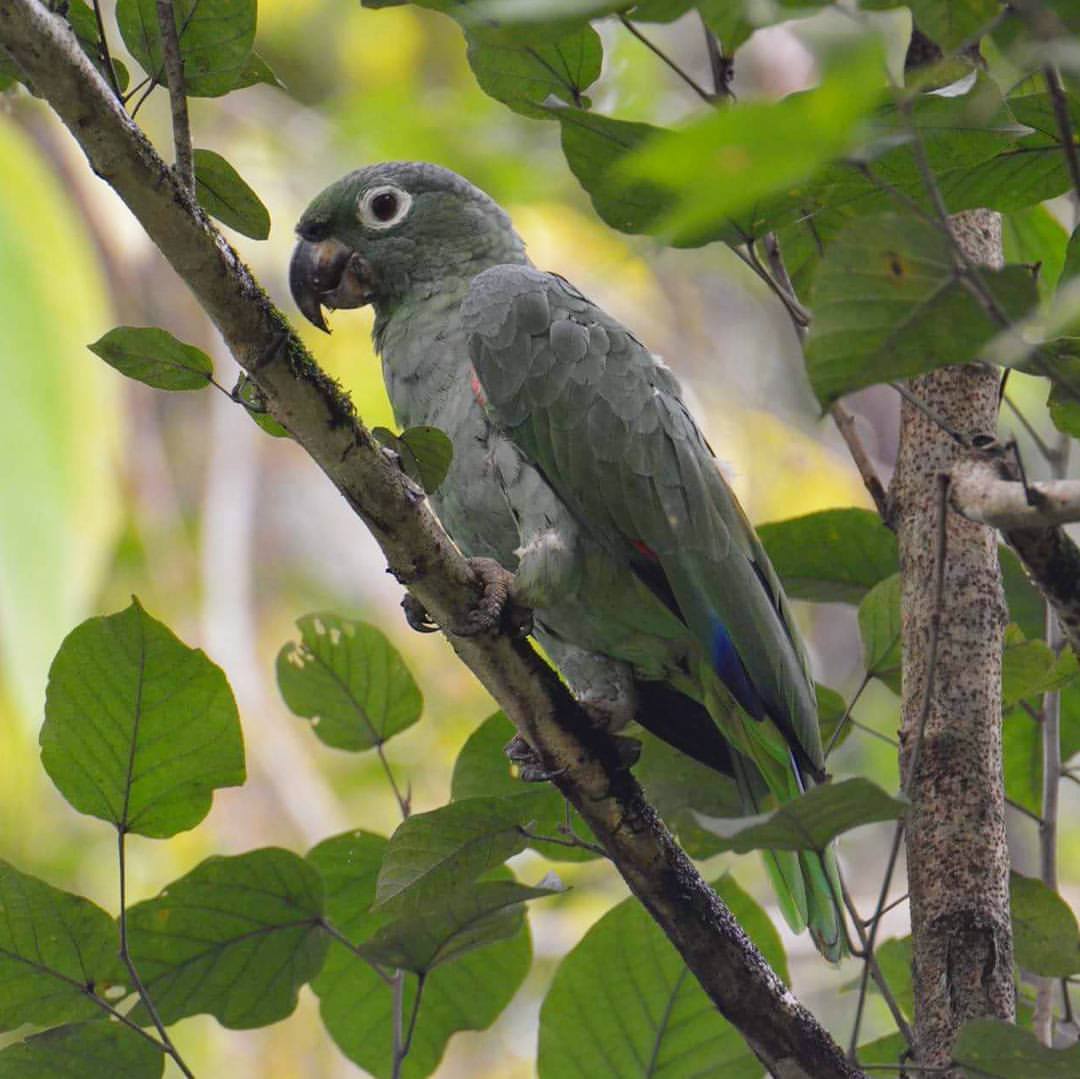
Photo by John David Curlis on Pipeline Road in Soberanía National Park in Panama
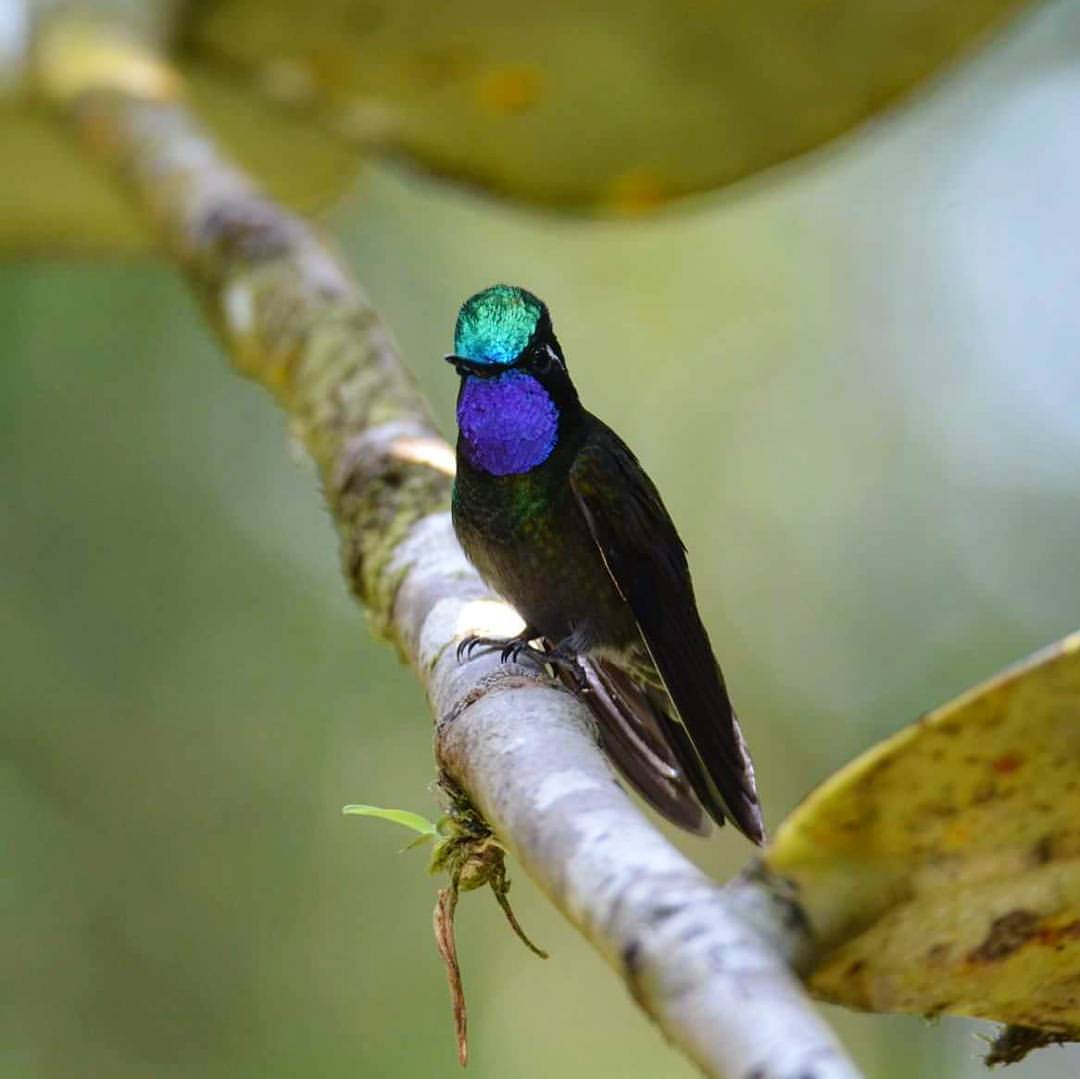
Photo by John David Curlis in Monteverde, Costa Rica
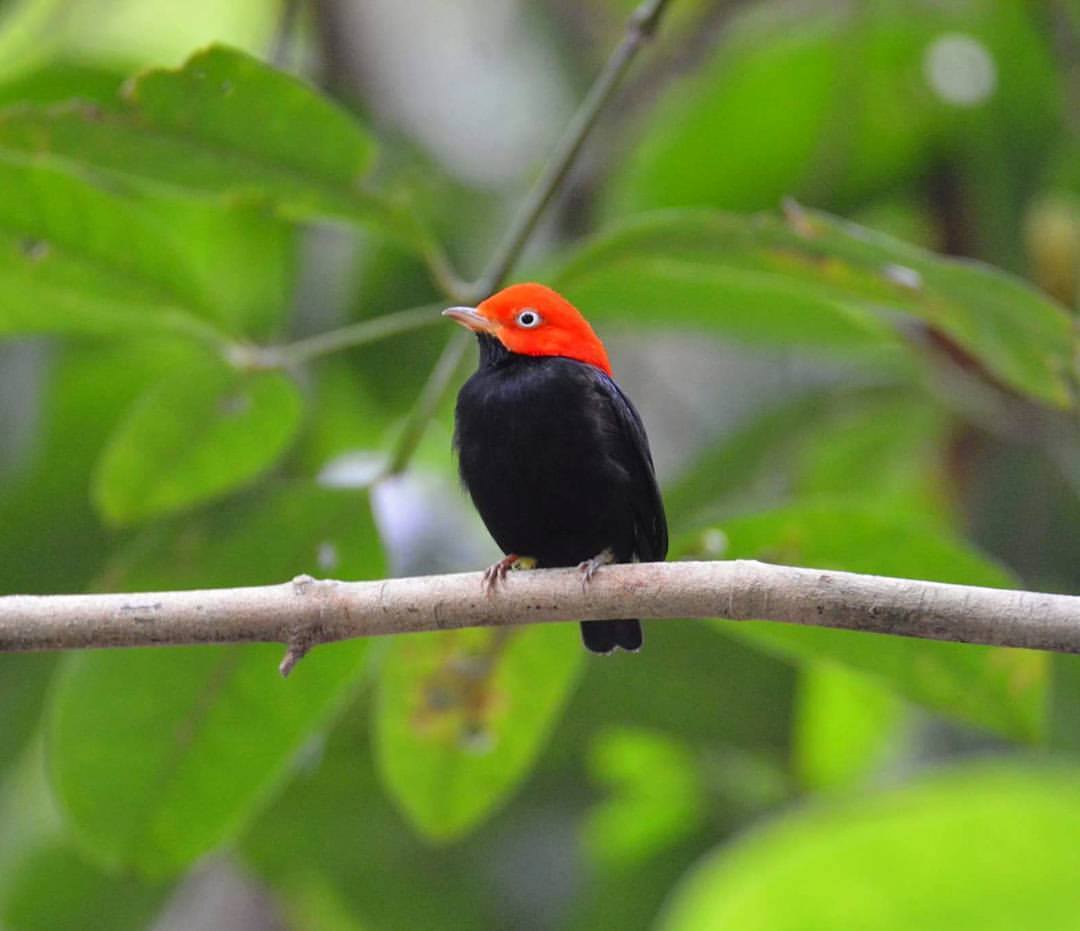
Photo by John David Curlis on Barro Colorado Island, Panama (that island is located in Gatun Lake, which is part of the Panama Canal)
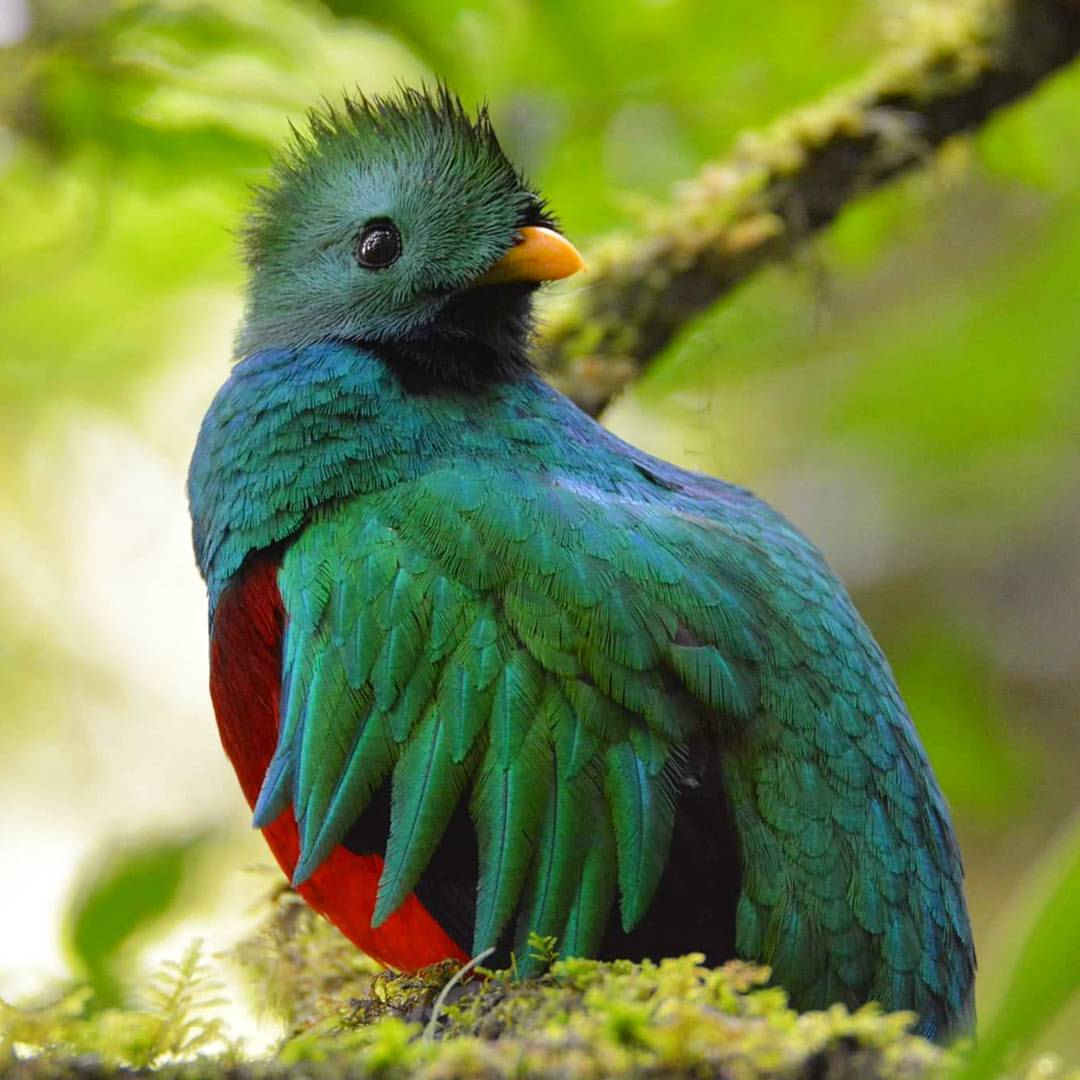
Photo by John David Curlis in Monteverde, Costa Rica
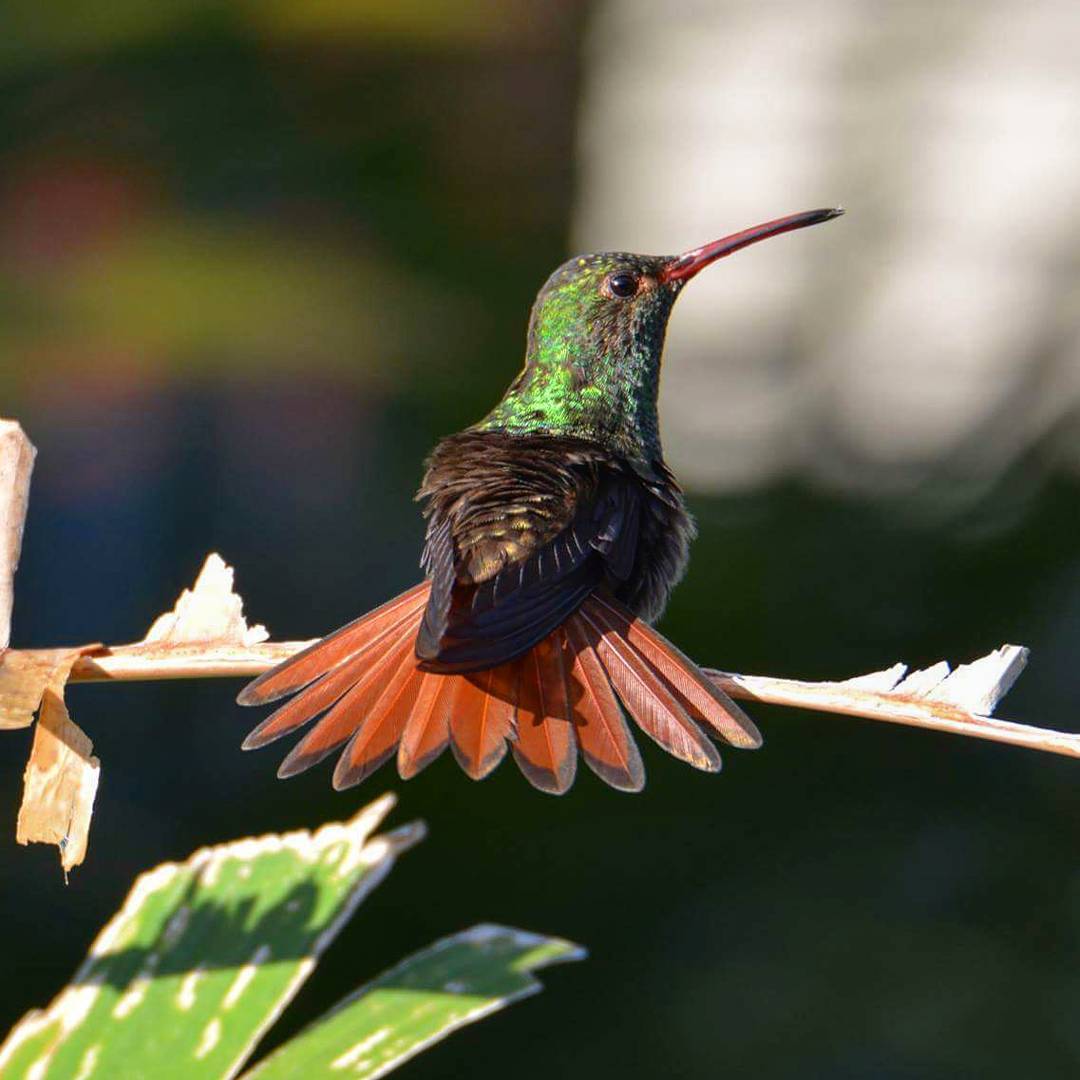
Photo by John David Curlis in San José, Costa Rica

Photo of this hawk (with an ameiva, a type of whiptailed lizard) by John David Curlis on Pipeline Road in Soberanía National Park in Panama
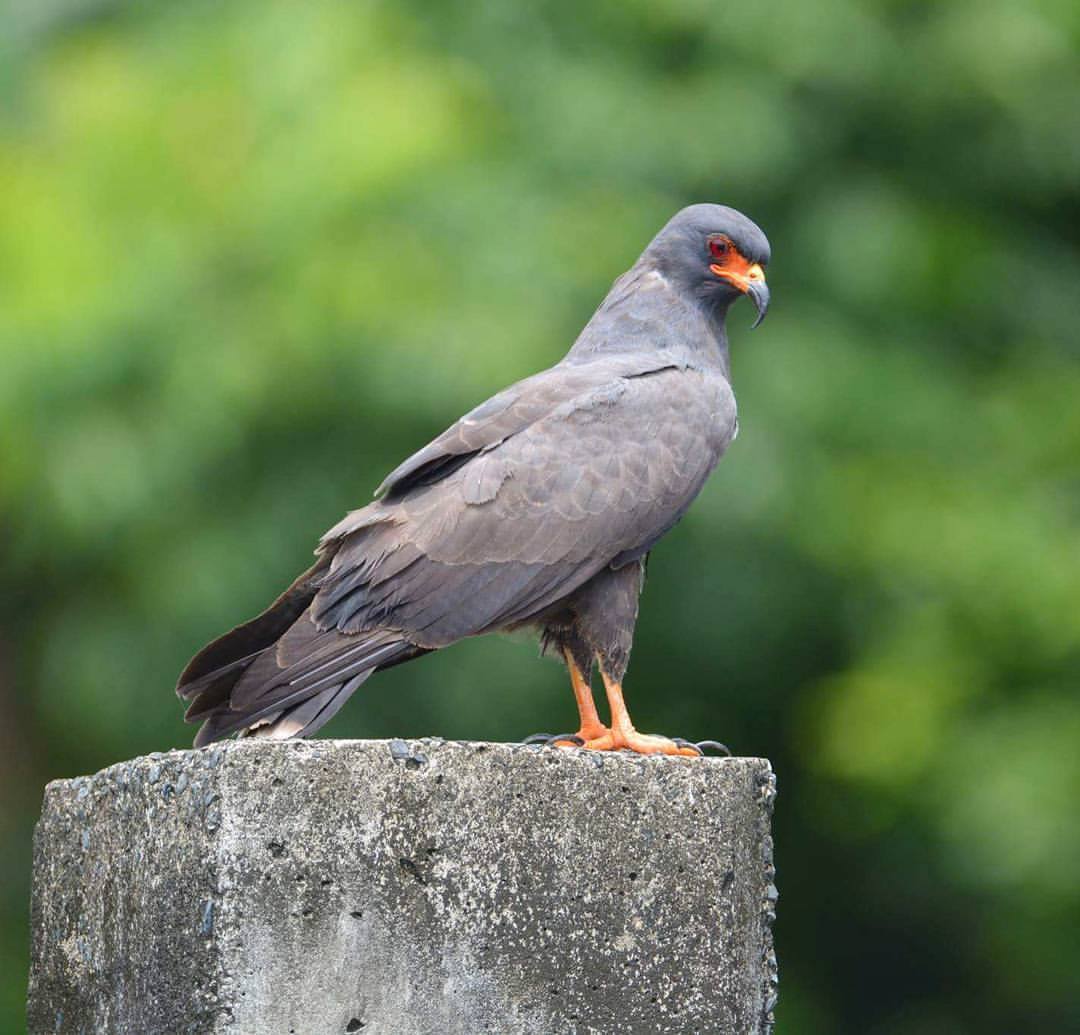
Photo by John David Curlis on Barro Colorado Island in Panama
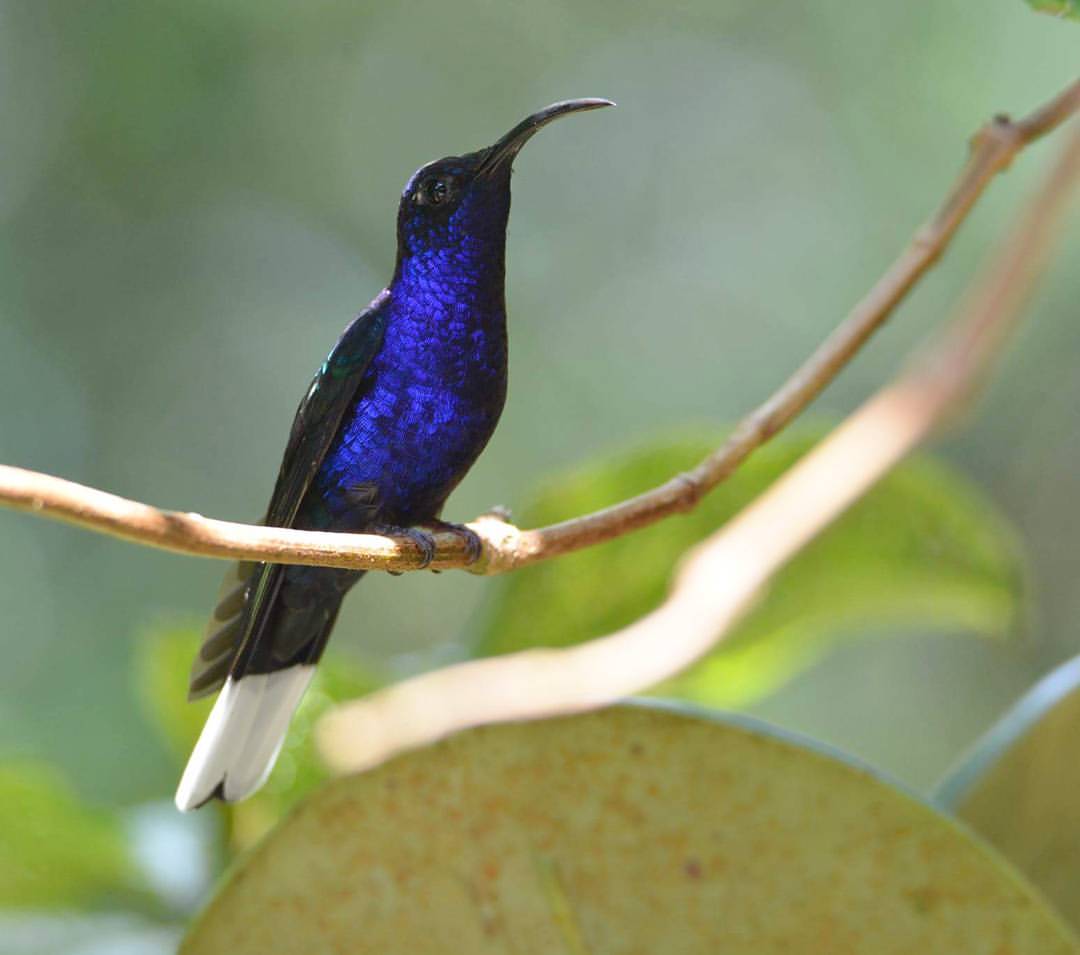
Photo by John David Curlis in Monteverde, Costa Rica
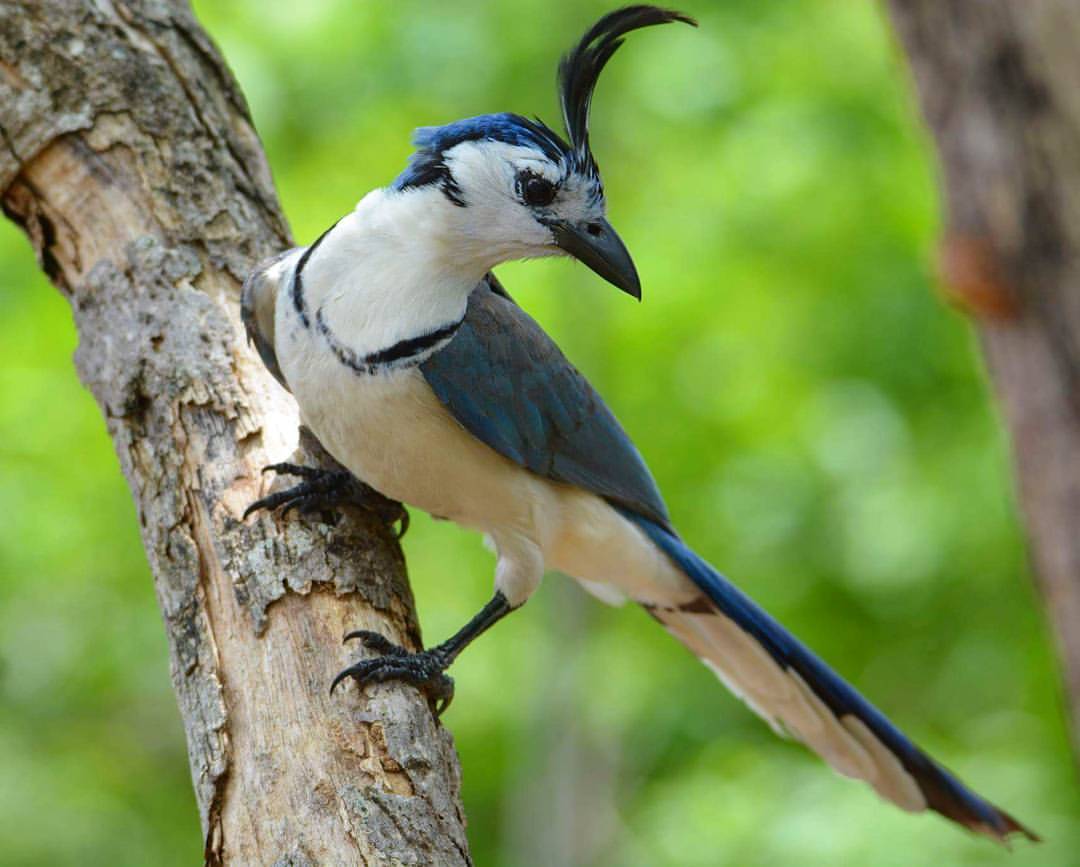
Photo by John David Curlis in Playa Grande, Costa Rica

